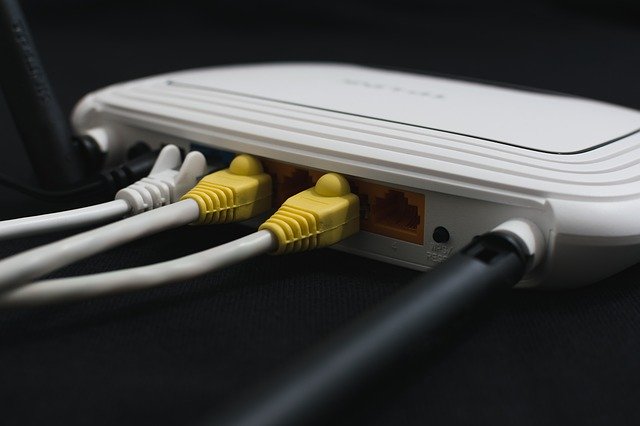The technology behind WiFi antennas and GPS antennas made it all possible for the advent of wireless communication to happen. It marked a new age for every one of us, a revolution in the very way we share and exchange information.
Wireless communication is simply defined as the exchange or the transfer of information from one media to another in the absence of physical connection to each other but is made possible, though, by electrical conduction.
What is Antenna?
Before we delve into something else, we need to define first what an antenna is and do it from its technical side. An antenna is a device designed and structured to convert electrical signals to EM waves, or vice versa.
The electrical signals that are coming from the transmitting circuits of an antenna will be transformed into EM waves, after which they would be radiated into the atmosphere. As for the receiving antenna, its work will begin by capturing those EM waves in the atmosphere and convert them back to the original electrical signals for further processing.
As for the dimensions of the different parts of the antenna, this would greatly depend upon the EM wave frequency that is being transmitted. When it comes to the components of the antenna and their dimensions, they will vary so as to match or be at par with the wavelength or frequency of the transmitted signal.
The vast majority of wireless communication devices we have today that are separated from each other by considerable distance will need to make use of some kind of antenna. There are occasions that these antennas will have to be external, and thus they can be easily observed, much like routers. Others are indelibly etched in the module of the PCB itself.
WiFi
WiFi is a wireless technology that almost every one of us is most familiar with because we use it in our home network to access the cyberspace or the Internet. People nowadays know one important value of WiFi, it helps us communicate with other people, even if both parties are situated in the far-flung corners of the world.
We can also take advantage of WiFi technology in transferring files and information across devices at amazing warp speeds. Modern pieces of home and office equipment such as scanners, desktop and laptop computers, printers and other similar hardware can be shared and accessed wireless, without needing to use wires that will lay and hang around the floor.
WiFi Antennas
Long range WiFi antennas work in much the same way as to how the above-stated communication block diagram. However, instead of using voice, network data packets are used and transmitted instead.

These data packets would be converted to EM waves via the access point/wireless router and they are radiated out via a transmitting antenna. Your mobile device has its antenna inside and this will convert the EM waves back to its original form as electrical signals for data processing.
